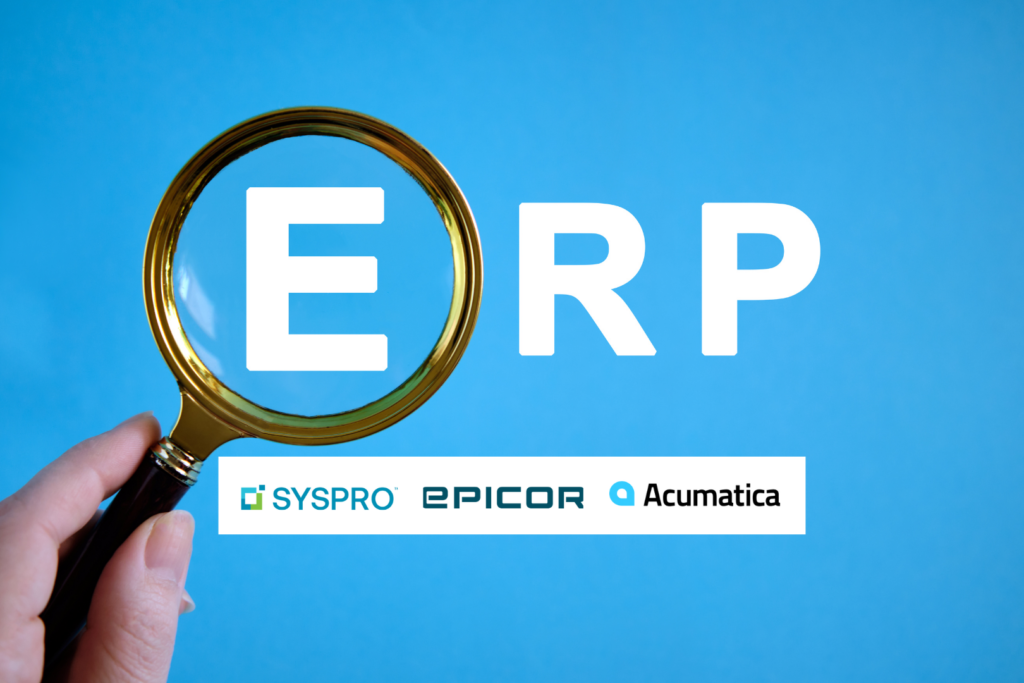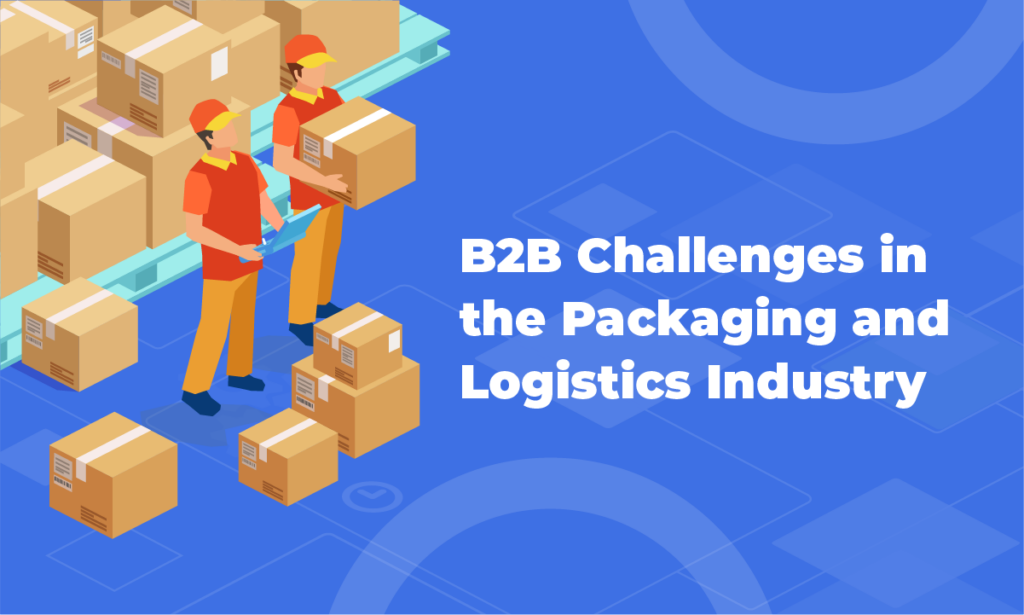In the rapidly evolving landscape of B2B ecommerce, businesses are constantly seeking innovative ways to stay ahead of the curve. One such approach that has gained prominence is the utilization of cloud-based solutions, exemplified by platforms like Cloudfy, to harness the power of pre-order demand forecasting. This strategy not only streamlines the procurement process but also enables businesses to make data-driven decisions, reduce inventory costs, and enhance overall efficiency.
The emergence of Cloudfy and other cloud-based B2B ecommerce platforms has transformed the way businesses handle pre-orders and demand forecasting.
One of the keys to success for business to business (B2B) ecommerce is reliable demand forecasting.
Sometimes it might feel as though a crystal ball is the only solution. Now there’s a new way to reduce the risks associated with demand forecasting and at the same time generate interest and improve buyer satisfaction. In this blog, we’ll delve into the significance of crowd in the cloud and how it is revolutionizing pre-order demand forecasting for B2B ecommerce.
Table of Contents
The Cloud Advantage
Before we delve into the specifics of pre-order demand forecasting, let’s first understand the advantages of utilizing cloud-based B2B ecommerce platforms like Cloudfy. Cloud solutions offer a plethora of benefits that are redefining the B2B ecommerce landscape:
Cloud platforms can easily scale according to business requirements. Whether your enterprise is a startup or an industry giant, cloud solutions like Cloudfy can adapt to your needs.
Accessibility
The cloud allows businesses to access their ecommerce data and functions from anywhere with an internet connection. This facilitates remote work and enables efficient collaboration among team members.
Cost Efficiency
Cloud solutions eliminate the need for investing in expensive infrastructure. With pay-as-you-go pricing models, businesses can manage their costs effectively and allocate resources where needed.
Cloud providers like Cloudfy place a strong emphasis on security. They employ robust measures to protect sensitive data, ensuring it is safe from breaches and threats.
Updates and Maintenance
Cloud platforms handle updates and maintenance, freeing businesses from these technical tasks. This ensures that the platform is always up to date and functioning optimally.
Why it needs to be right?
Where user satisfaction is an important differentiator in the market, it’s essential to hold enough stock to meet buyer’s expectations for fast delivery. If you hold too much stock you can be faced with storage costs. You might have to reduce your prices or consider special promotions that affect your profitability.
You can review historic sales figures to help predict demand, but products and markets can change dramatically and leave you holding unwanted stock. Nor are previous sales patterns a reliable way to forecast the demand for new products.
Data quality is important, so integrating business systems and effective analysis can give you an accurate picture of your current business and possible future trends.
Modelling future demand can be very sophisticated and time-consuming, but its effectiveness can only be judged in retrospect, so there’s always a level of risk.
You’ll also want to be sure that you’re optimizing your marketing investment. If you successfully bring customers to your ecommerce site, you won’t want them to find that the products they want are ‘out of stock’.
A new solution is now available that could radically change these conventional approaches to B2B demand forecasting.

A new dimension to the ‘crowd’
Although the idea of crowd-funding has been around for a long time, the internet allowed artists and entrepreneurs to invite people from around the world to ‘invest’ in a project or product while minimizing the risk. Only when the target level of investment was promised by a cut-off date would an idea be progressed.
Now Cloudfy has taken an innovative approach to the concept of the worldwide online ‘crowd’ and applied it to demand forecasting in a thoroughly customer-centric way.
The crowd-ordering solution
Cloudfy offers a crowd-ordering function that allows customers to ‘pre-order’ products in advance of production. When the target volume is reached the production process is triggered.
Cloudfy CEO, Robert Williams, says: “This is a truly exciting new piece of functionality being introduced by the team. Allowing businesses to fully understand product demand before investing is a key opportunity to help accelerate a product to market, with less risk.”
How it works?
Registered buyers can pre-order 10 or 100 items, for example, and watch the total rise towards the target volume of orders.
The business owner can view a progress bar, showing when the pre-set target is reached. The fully managed process means that customers are also kept up to date with progress and have a direct input into the decision to produce a product.
Once the target number of units has been requested, the manufacturer or distributor has the confidence to go ahead with production. The pre-orders can then be confirmed to buyers, along with a delivery date.
The Role of Cloudfy in Pre-Order Demand Forecasting
Now, let’s explore how cloud-based B2B ecommerce platforms like Cloudfy enable effective pre-order demand forecasting:
Data Analytics
Cloudfy provides businesses with robust data analytics tools. This allows companies to analyze historical data, customer behavior, and market trends to make accurate predictions.
Real-Time Updates
Cloud platforms offer real-time data updates. This means that as customer orders come in, businesses can adjust their forecasts on the fly, ensuring they always have the right amount of inventory.
Customization
Cloudfy offers customization options that allow businesses to tailor the pre-order process to their specific needs. This includes setting minimum order quantities, lead times, and pricing structures.
Integration
Accessibility
Cloud solutions are accessible from anywhere, making it easy for team members, suppliers, and customers to participate in the pre-order process.
Security
Cloudfy’s robust security measures ensure that sensitive pre-order data is protected and only accessible to authorized individuals.
Scalability
As your business grows, Cloudfy can scale with you. Whether you’re handling a handful of pre-orders or thousands, Cloudfy can accommodate your needs.

Benefits
This innovative approach gives business owners an early indication of demand. It’s also an ideal way to generate interest in new products before investing in equipment and materials. It can also be used to test interest in new products or additions to product ranges and to investigate new trends.
The era of crowd in the cloud is revolutionizing the way B2B ecommerce businesses approach pre-order demand forecasting. Platforms like Cloudfy provide the tools and capabilities needed to make accurate predictions, streamline processes, and enhance the overall customer experience.
By embracing cloud-based solutions and adopting a data-driven approach to pre-order demand forecasting, B2B ecommerce businesses can stay competitive, reduce costs, and ensure they have the right products available when their customers need them. Cloudfy, with its scalability, accessibility, and customization options, is at the forefront of this transformation, making it easier than ever for businesses to unlock the full potential of pre-order demand forecasting. In the dynamic world of B2B ecommerce, the cloud is the key to staying ahead of the curve and serving customers better than ever before.
Because Cloudfy is Cloud-based and optimized for mobile devices too, buyers can interact with this new function anywhere and at any time. It provides a real-time measure of interest that results in actual orders. It is also a valuable tool to manage buyer expectations and deliver that all-important level of satisfaction that will keep you ahead of your competitors.
Get in touch to find out how you can use this new approach to optimize production and improve buyer satisfaction.
Frequently Asked Questions
Pre-order demand forecasting is the process of predicting customer demand for products or services before they are officially launched or made available for purchase. In a B2B ecommerce context, it involves understanding what products or quantities customers are likely to order in advance.
Pre-order demand forecasting is crucial for optimizing inventory, reducing costs, enhancing customer engagement, and making data-driven decisions. It helps businesses meet buyer expectations and manage their stock efficiently.
Cloudfy's crowd-ordering function allows registered buyers to pre-order products in advance of production. Once the target volume of orders is reached, the production process is triggered. It provides real-time insights into product demand and minimizes risks associated with traditional forecasting.
Cloudfy's solution provides data analytics, real-time updates, customization options, seamless integration, accessibility, and strong security measures. It also offers scalability, making it a comprehensive tool for businesses to streamline pre-order forecasting.
Cloud-based solutions like Cloudfy revolutionize pre-order demand forecasting by making it more efficient, accurate, and customer-centric. It ensures businesses have the right products available when customers need them, reducing costs and increasing competitiveness.





